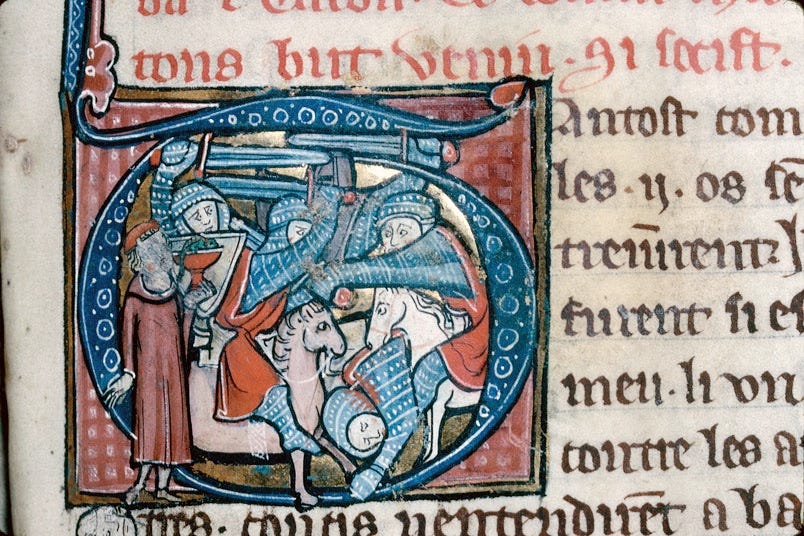The messiness of it all

History is messy. Nothing ever fits perfectly. The evidence never quite matches the theory, and the theory is always in need of new evidence if it wants to survive. The historical record is there, but what does it mean that it's there? Is it accessible, meaningful, approachable by virtue of its being-there? 10 historians approach the same evidence diffe…
Keep reading with a 7-day free trial
Subscribe to Biblonia to keep reading this post and get 7 days of free access to the full post archives.

